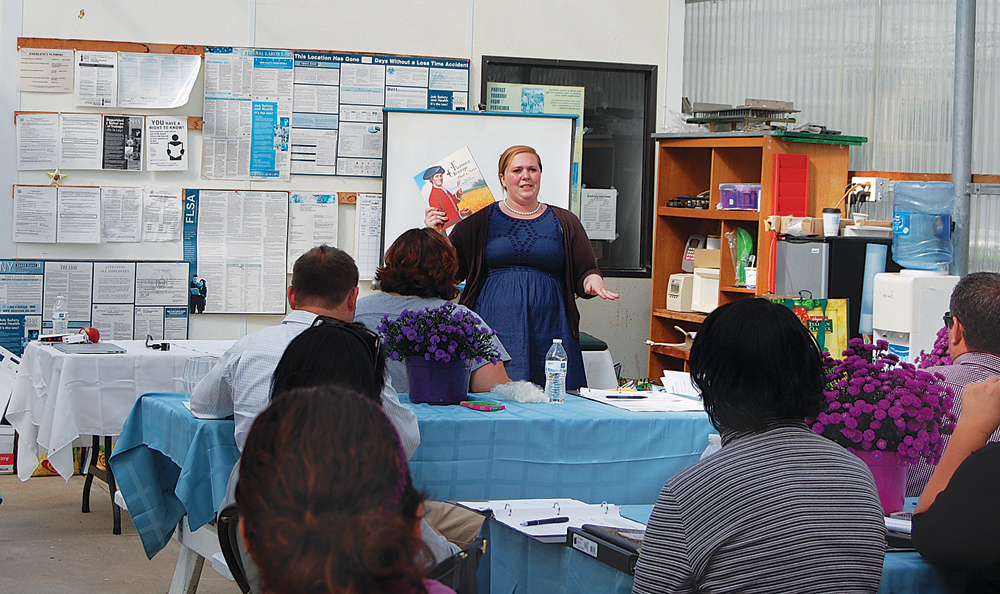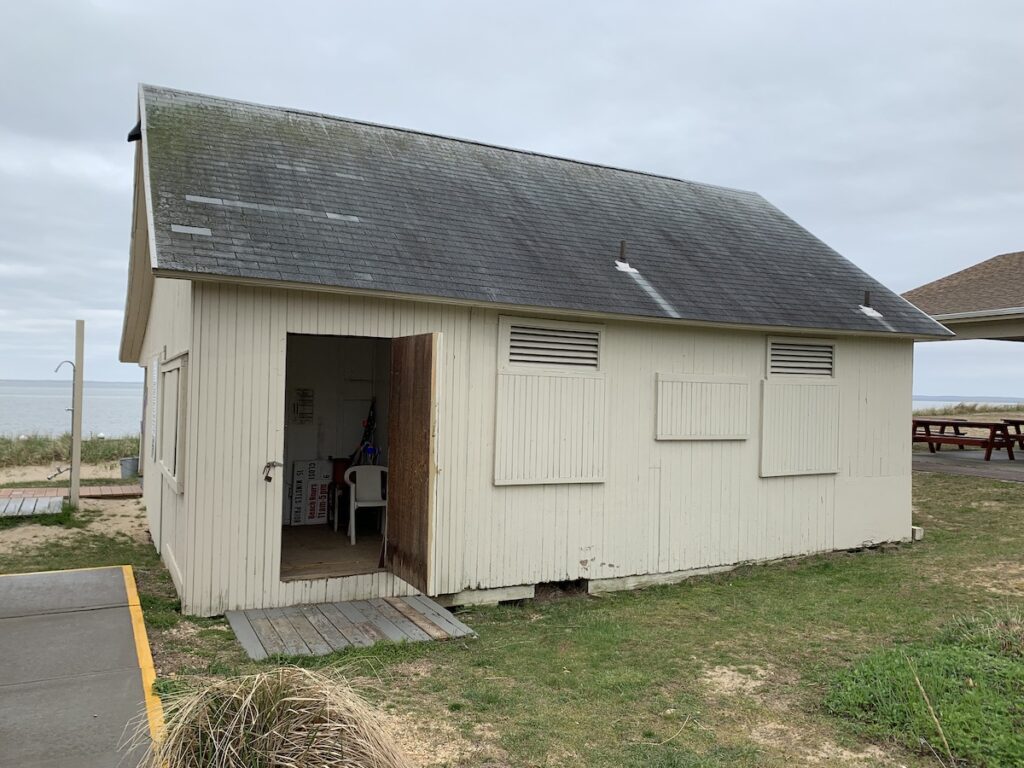Gabrielsen Farms helps grow discussion about agriculture in schools

It’s not enough for students to go visit a farm in order for them to learn about agriculture, said Katie Bigness, a coordinator at New York Agriculture in the Classroom, a group of state and educational resources for teachers.
Field trips alone aren’t going to cut it.
There needs to be a lesson plan built around the student’s visit, like one-on-one iPad programs that allow students to photograph and videotape plants growing.
The key, she said: “How can you make the experience more than just them picking apples and leaving?”
More than two dozen educators from 11 districts across the island gathered at Gabrielsen Farms Tuesday to discuss the current state of agriculture-based education in an attempt to expand upon the cirriculum at their own schools.
Despite economic development, Suffolk County remains an agricultural powerhouse in the state.
Half of all nursery, greenhouse, floriculture and sod product sales in New York State happen in the county, according to a 2013 Suffolk County Agriculture Industry study. Suffolk is also the number one producer of agricultre in all of New York State in terms of market value, with 585 farms spanning 34,404 acres in 2007.
It’s important, the teachers at Tuesday’s event said, to connect today’s students with the industry in some way.
The so-called “teacher share” — a discussion between a group of teachers to share best practices — was led by Ms. Bigness, who encouraged teachers to let stdents be involved in the layout of their school or classroom garden. Teachers could also create lessons about agriculture that can be taught throughout the week.
The summit was hosted by Carl Gabrielsen, owner of Gabrielsen Farms, who has taken an active role in furthering agricultural education.
He donated the garden and greenhouse at Southold School District, as well as an unbuilt greenhouse in the Mattituck-Cutchogue school district (Work on that greenhouse has stalled because the structure isn’t up to state building code).
Mr. Gabrielsen said he is currently parterning with Eastern Suffolk BOCES to construct planters for crops, such as lettuce, that will be donated to about six or eight schools. The focus of Tuesday’s gathering was to emphasize the importance of teaching students about agriculture in school.
“The teachers are so into it,” Mr. Gabrielsen said. “I was amazed at the interest it generated, having this meeting. I thought we’d have a few couple teachers and we ended up having about 35 teachers and they’re all really excited about it.”
Healthy eating was also a main topic of the day.
Russ Karlsten, a science teacher at Southold Elementary, shared how the elementary garden and high school greenhouse are used in the classroom and cafeterias, where students eat what they grow.
Augie Ruckdeschel of the Suffolk County Department of Economic Development and Planning shared his ideas for making students more aware of what they’re eating after seeing a study that showed solely having calorie counts next to menu items doesn’t change people’s behavior.
“They started expressing the calories in how much time it took to burn off those calories or how many miles you would have to walk to burn those calories,” he said. “When they did that, they finally started seeing changes in behavior … We started looking at school menus like, ‘If I’m going to get the chicken nuggets, how many jumping jacks is that? How many games of dodge ball is that?’”
Their effort may help combat rising childhood obesity.
According to a study done by the Center for Disease Control and Prevention obesity in children aged 2 to 17 increased from 15.4 percent between 1999 and 2002 to 18.67 percent in 2007 ot 2010 for boys. For girls, the rate went from 13.8 percent to 15.1 percent those same years.
Mr. Gabrielsen and Ms. Bigness both stressed the importance of educating students about agriculture, so that one day they might choose to pursue farming as a career and keep the industry alive.
According to Ms. Bigness, about 20 percent of the American workforce is involved with agriculture in some way. According to the 2012 U.S. Bureau of Labor Statistics, roughly 2,300 people in Suffolk County were employed in agriculture that year.
“The average age of the farmer now is 56 or 57 years old and we’re getting older,” Mr. Gabrielsen said. “So we’re trying to introduce kids to agriculture at a young age and they may say ‘You know what? I like this.’ ”








